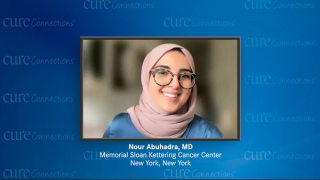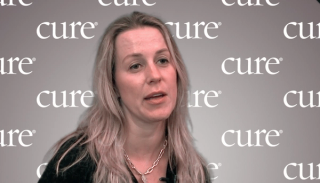
Breast Cancer
Latest News
Latest Videos

More News

Here is a select list of cancer therapies approved by the FDA throughout the month of January, featuring patient populations like AML, MDS and breast cancer.

After living with metastatic breast cancer for 11 years, I reflect on my journey and plan to embrace the coming year with confidence and self-advocacy.

Among patients with advanced PIK3CA-mutated, HR-positive/HER2-negative breast cancer, Itovebi-based treatment generated positive overall survival results.
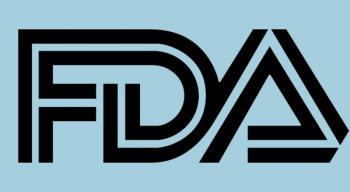
The antibody drug conjugate was approved for patients with unresectable or metastatic HER2-low or -ultralow breast cancer with disease progression after endocrine therapy.

Following a lung cancer diagnosis, I learned that it is important to ask oncologists thoughtful questions to know if they are the best doctor for my needs.
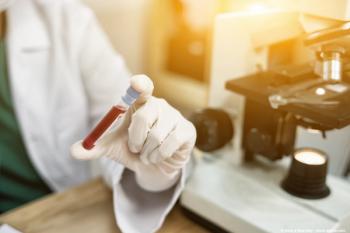
Dr. Christopher Flowers discusses MRD testing in cancer care, why this is an important concept to understand and how it relates to recurrence in patients.
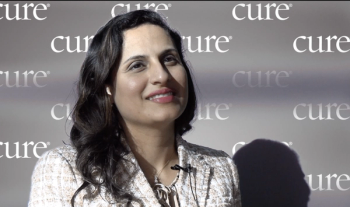
An expert spoke with CURE about providers’ “two-fold goal” when using chemotherapy to treat patients with breast cancer.
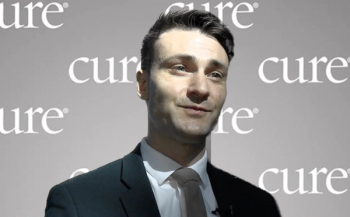
Dr. Maxwell Lloyd discusses the long-term management of patients with HR-positive, HER2-negative breast cancer who have received Orserdu treatment.

Datroway has been approved for unresectable or metastatic HR+, HER2- breast cancer after endocrine therapy and chemotherapy.

From the death of a TikTok influencer to an update from a “Boy Meets World” star, here is this week’s news.

Dr. Maxwell Lloyd shared the importance of improving patient access to innovative therapies like Orserdu at the 2024 San Antonio Breast Cancer Symposium.

Elinzanetant significantly reduced the frequency and severity of hot flashes in women with breast cancer who were undergoing hormone therapy.

Dr. Aditya Bardia shared his insights on what he believes are the top side effects to be aware of when undergoing ADC treatment for breast cancer.

As I shift from an oncologist to a gynecologist for breast screenings, I examine both my reluctance to let go of the past and my hopes for the future.

Low-dose oral minoxidil, the hair growth drug that is the active ingredient in Rogaine, may be safe and effective for patients with breast cancer.
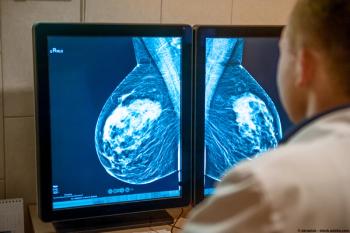
CBD consumption was safe but did not have a statistically significant reduction in scan-related anxiety versus placebo for patients with breast cancer.

I've learned to embrace the changing nature of my body as I age, accepting the challenges and finding gratitude in each day.

From tennis star Gabriela Dabrowski sharing details of her breast cancer journey to Greg Gumbel and Linda Lavin dying, here is the latest cancer news.

An expert explained recent findings from a study of pregnant women with breast cancer who underwent chemotherapy and fared better than nonpregnant patients.

In patients with triple-negative breast cancer, ctDNA was most commonly identified within six months after treatment, reflecting the disease’s typical pattern of early recurrence.

CURE created a list of the top breast cancer stories of this year, including those focused on patient-reported outcomes and side effect management, among others.
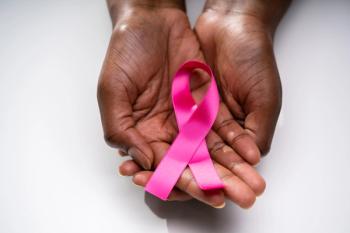
A patient advocate says that patients with breast cancer may find it challenging to feel "normal," but reconstruction advancements may help.

An expert spoke with CURE® about the importance of information that can be gained from genetic testing for patients with breast cancer.
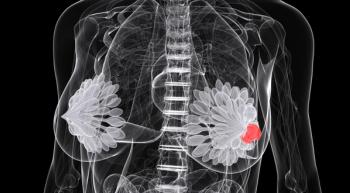
CURE® highlights some of the top stories from SABCS, including those focused on older and younger patients with breast cancer, in addition to treatment strategies.

This Christmas, my wish for all of you is that you read this and feel seen, that someone out there knows how very hard this is for you.






